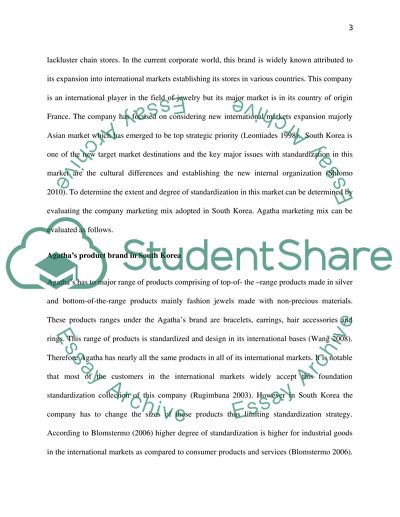Cite this document
(“International marketing mix: sustainable operation management Essay”, n.d.)
Retrieved from https://studentshare.org/marketing/1404217-international-marketing-mix
Retrieved from https://studentshare.org/marketing/1404217-international-marketing-mix
(International Marketing Mix: Sustainable Operation Management Essay)
https://studentshare.org/marketing/1404217-international-marketing-mix.
https://studentshare.org/marketing/1404217-international-marketing-mix.
“International Marketing Mix: Sustainable Operation Management Essay”, n.d. https://studentshare.org/marketing/1404217-international-marketing-mix.


